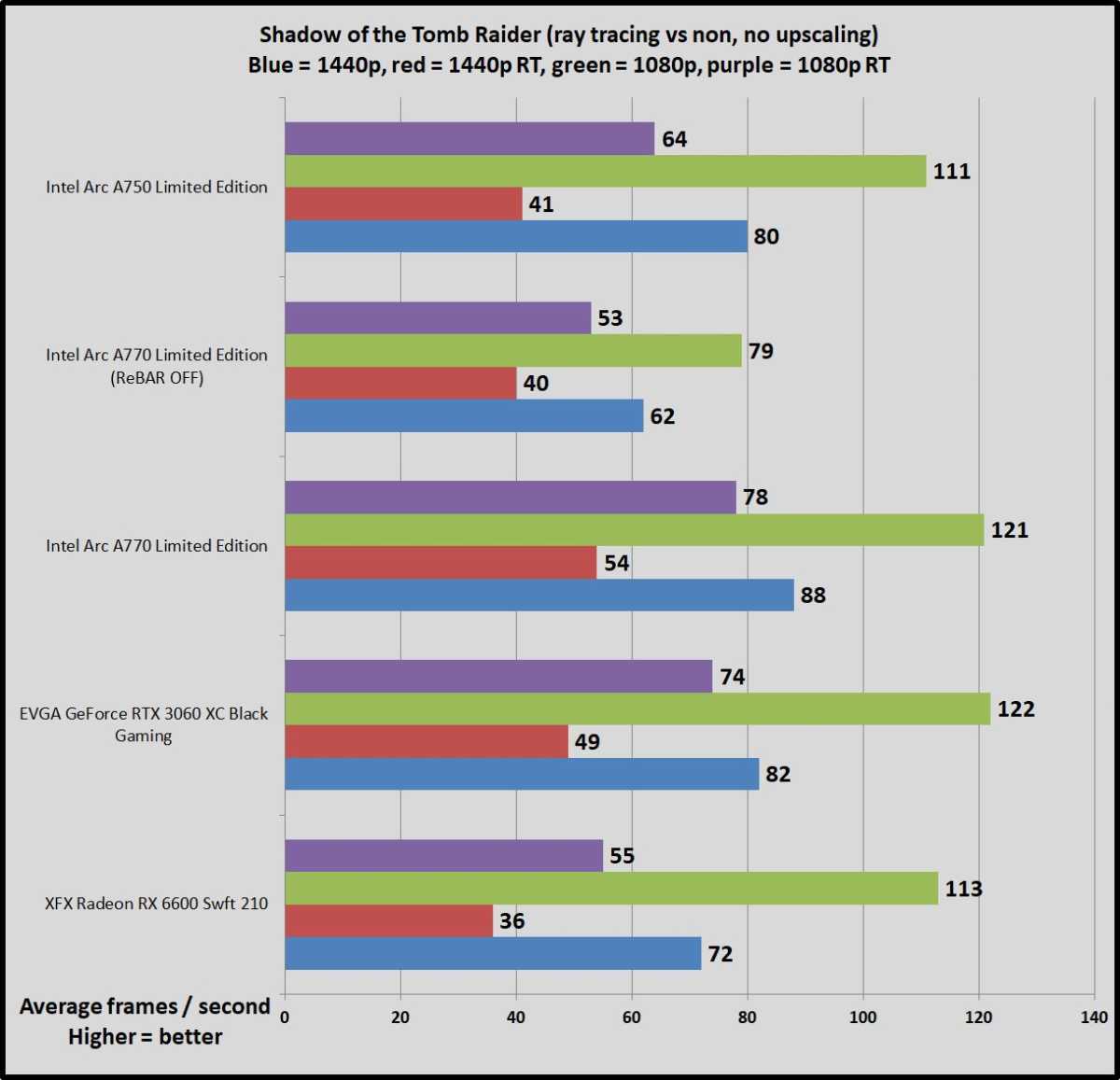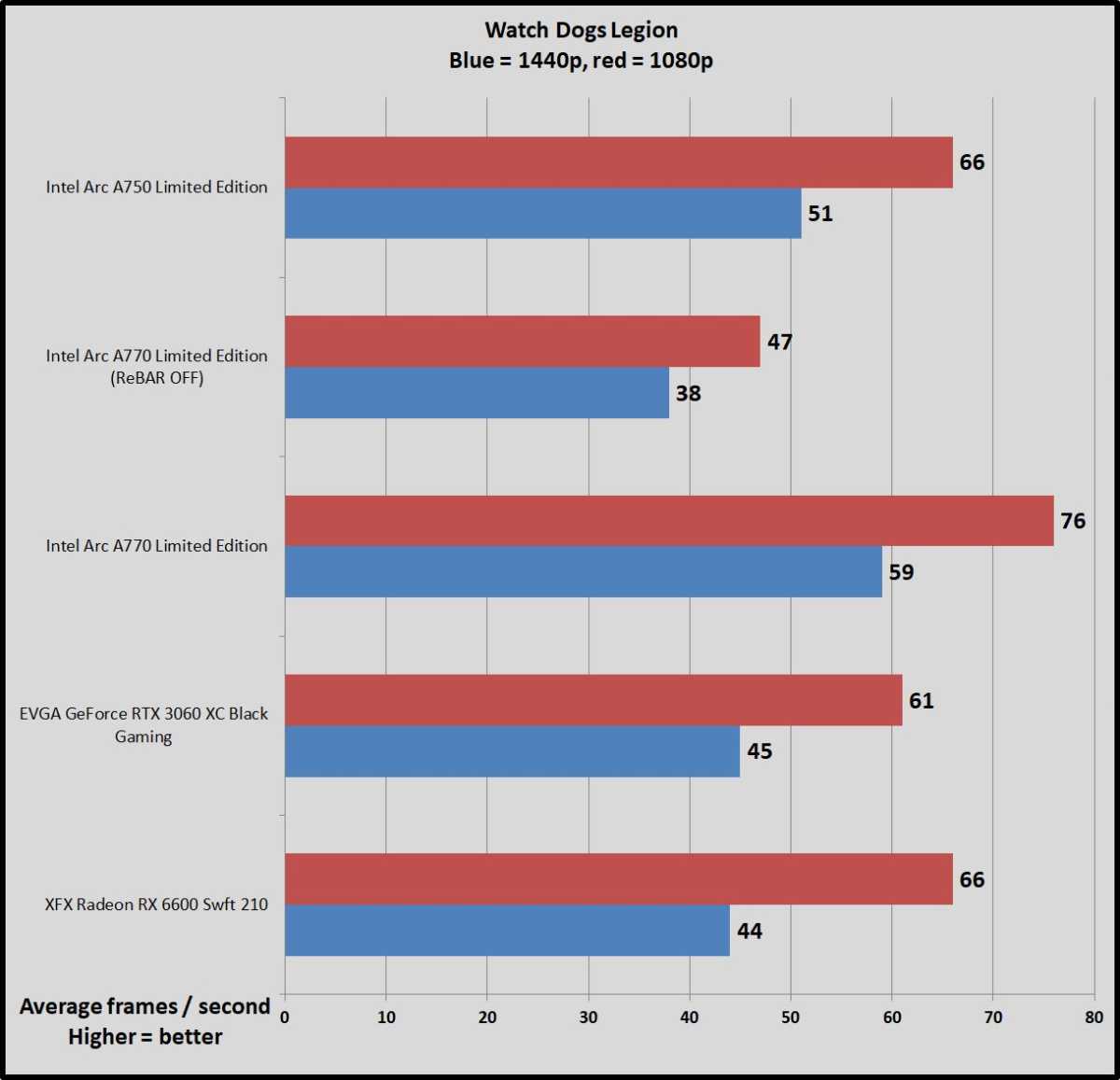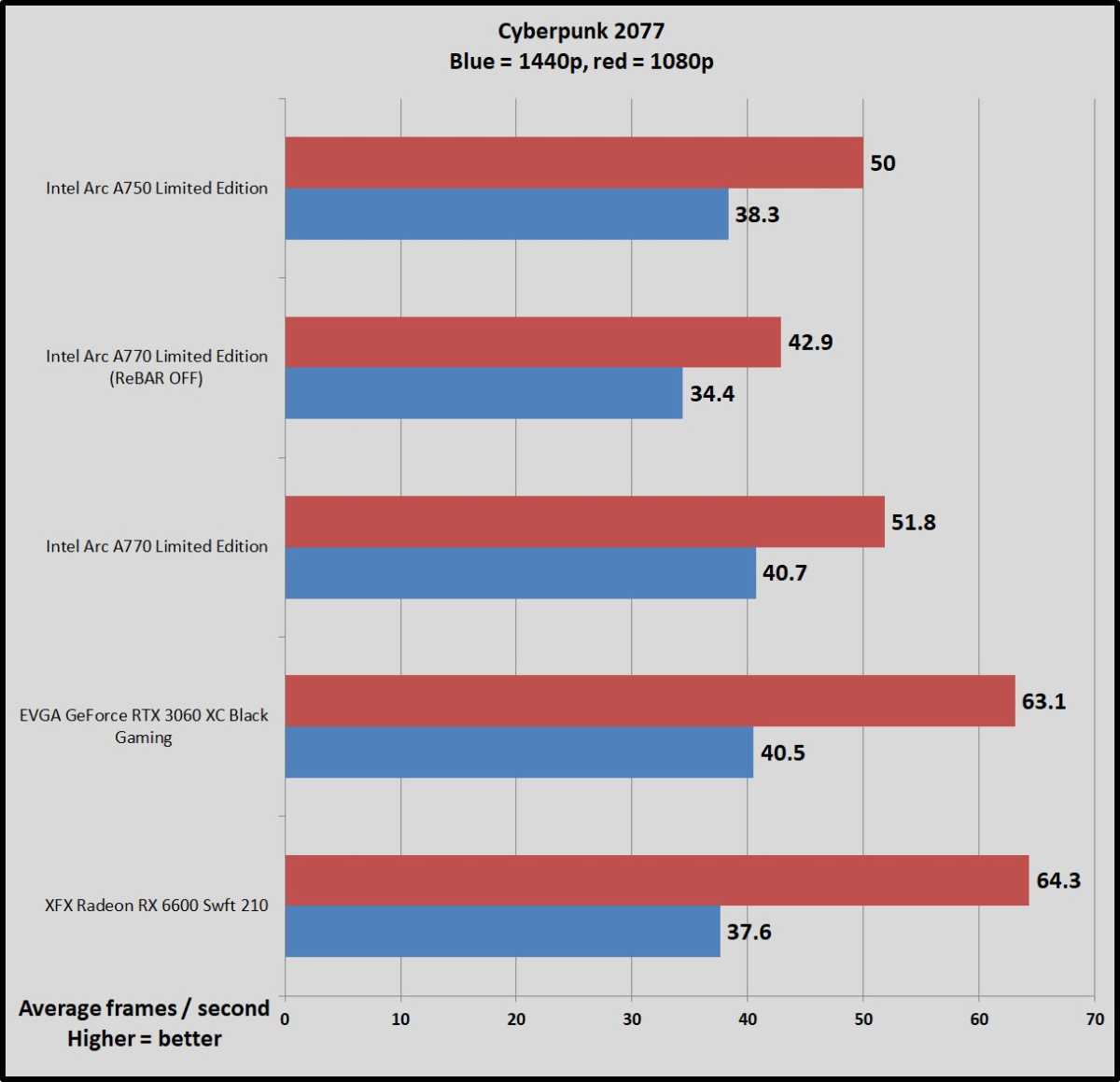## Tired of Stuttering? XeSS is Here to Smooth Your Gameplay Experience!
Remember the days when cranking up the graphics settings in your favorite games meant sacrificing buttery-smooth frame rates? Well, those days are fading fast, thanks to the rise of AI-powered upscaling technologies. While NVIDIA’s DLSS has been the king of the hill, Intel’s answer, XeSS, is rapidly catching up.

How XeSS Works: Demystifying Intel’s Upscaling Technology

Intel’s XeSS (Xe Super Sampling) is a deep learning-based upscaling technology designed to boost game frame rates without sacrificing visual fidelity. Similar to Nvidia’s DLSS (Deep Learning Super Sampling), XeSS leverages AI algorithms trained on vast datasets of high-resolution images to intelligently reconstruct detailed textures and smooth out jaggies when rendering games at a lower native resolution. This allows for a significant performance uplift, particularly at higher resolutions and refresh rates, enabling gamers to enjoy smoother gameplay and a more immersive experience.
Unlike DLSS, which relies on dedicated Tensor cores found in Nvidia GPUs, XeSS is designed to run on a wider range of hardware. It can be implemented on both Intel and AMD graphics cards, as well as CPUs with dedicated AI processing units. This opens up the possibility for a broader adoption of XeSS across the gaming ecosystem.
XeSS operates in a similar fashion to DLSS, utilizing a process called “super-resolution.” The game renders the scene at a lower resolution, typically around 70% of the target resolution. The XeSS AI engine then analyzes the lower-resolution image and uses its learned knowledge to upscale it to the desired resolution, effectively creating a higher-resolution image from a lower-resolution input. This process is remarkably effective at preserving detail and sharpness, often resulting in a visually indistinguishable output from a native rendering.

Current Game Support: A Growing but Limited Roster
As of now, XeSS support is still in its early stages, with a relatively limited number of games offering the technology. Intel has been actively working with developers to integrate XeSS into their titles, and the list of supported games is steadily growing. However, compared to the extensive DLSS library, XeSS’s current roster is considerably smaller.
Some of the notable games that currently support XeSS include:
- Death Stranding
- Hitman 3
- Shadow of the Tomb Raider
- Cyberpunk 2077
- The Riftbreaker
This list is expected to expand in the coming months and years as more developers embrace XeSS as a viable performance-enhancing solution for their games.
The Future of XeSS: Potential and Challenges
Taking on the Titans: Nvidia and AMD on Notice
Intel’s entry into the GPU market with its Arc series represents a significant challenge to the long-standing dominance of Nvidia and AMD. XeSS, as a key differentiator for Arc GPUs, has the potential to shake up the industry landscape by offering a compelling alternative to DLSS. While DLSS enjoys a head start in terms of game support and maturity, XeSS’s wider hardware compatibility and cross-platform potential could give it a significant advantage in the long run.
The AV1 Encoding Advantage: A Streaming Edge
Beyond gaming, Intel’s XeSS technology also holds promise for the burgeoning world of streaming. The integration of AV1 encoding support in Arc GPUs positions Intel as a strong contender in the streaming ecosystem. AV1 is the next-generation video codec that offers significant advantages over traditional formats like H.264 and H.265. It provides higher compression efficiency, resulting in smaller file sizes while maintaining exceptional video quality. This translates to lower bandwidth costs for streamers and a more seamless streaming experience for viewers.
Software Stumbles and Future Developments
Despite its technological advancements, Intel’s Arc GPU launch has not been without its challenges. The company has faced criticism for software inconsistencies and driver issues that have hampered the performance of Arc GPUs in some games. Intel has acknowledged these issues and has been actively working on improving driver stability and performance through regular updates. Addressing these software concerns will be crucial for Intel to gain wider acceptance and compete effectively with established GPU manufacturers.
Conclusion
So, there you have it. Intel’s XeSS, the ambitious challenger to Nvidia’s DLSS, has firmly planted its flag in the gaming landscape, boasting support in over 200 games. The article highlights XeSS’s strengths: its open-source nature, its ability to work across a broader range of hardware, and its impressive performance gains across various titles. By offering a more accessible alternative to DLSS, XeSS opens up the world of enhanced visuals and smoother gameplay to a wider audience. This directly impacts gamers, offering them greater control over their performance and visual fidelity, regardless of their GPU.
This shift signifies a major turning point in the race for graphical supremacy. With XeSS’s widespread adoption, the landscape is no longer solely dominated by Nvidia’s technology. This competition can only benefit gamers, pushing both Intel and Nvidia to innovate and refine their upscaling solutions. We can expect even more sophisticated algorithms, wider hardware compatibility, and potentially, even more groundbreaking advancements in the future. The battle for visual fidelity is just heating up, and the endgame promises to be a spectacular display of technological prowess, ultimately delivering a richer and more immersive gaming experience for all.
Are you ready to experience the next generation of gaming visuals? The future is open, and it’s looking sharper than ever.